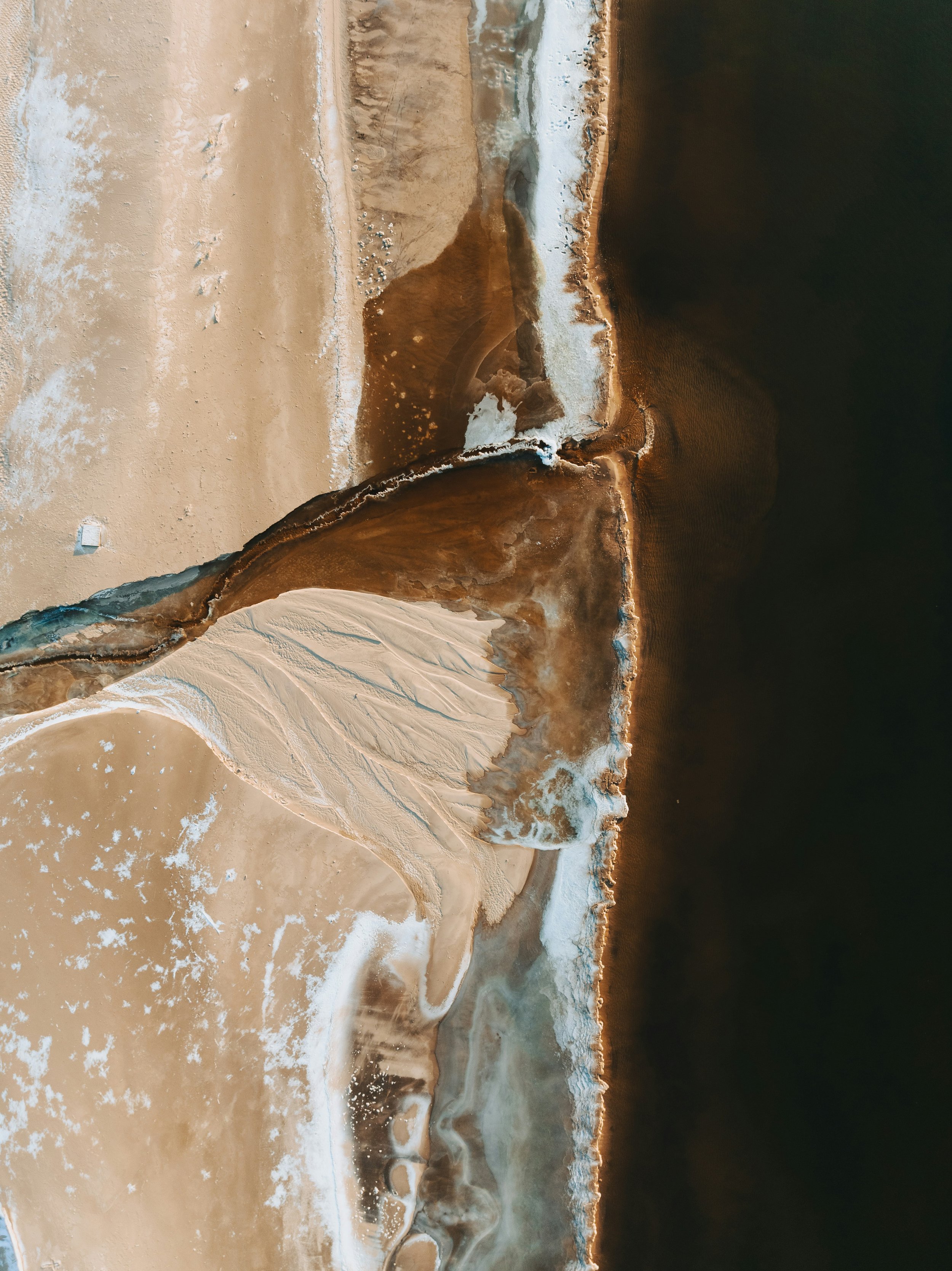
Acne and Blemishes
Let’s make one thing clear… your skin.
Acne is tough. It makes you a professional problem-solver. You’ve experimented, patched, covered, switched routines, only to be let down. At Park, we meet you where you are. Our expert-led consultations go deeper than surface solutions, finding the right approach for your skin so you can finally stop fighting it and start feeling at ease in it.
SCHEDULE SOME TIME WITH US
to talk about your acne
SHOP SKINCARE
for acne & acne-prone skin
Acne Treatments at Park
“Acne isn’t solved by a single treatment. It takes the right combination of approaches, tailored to your skin and its unique needs.”
- Dr. Shoghi, Park Co-Founder
The Park Process
1 Consultation
Every journey at Park begins with a conversation with a medical provider. In your consultation, we look closely at your skin, listen to your goals, and design a treatment plan that’s realistic, strategic, and tailored to you.
2 In-Clinic Treatments and Skincare
From advanced treatments to at-home routines, we bring together medical expertise and medical-grade products to help your skin improve, strengthen, and transform.
3 Ongoing Support
Your skin changes over time, and so should your plan. Every visit is a chance to fine-tune, track progress, and make sure we’re moving toward your goals together.
Treating Acne at Home
Balance doesn’t happen overnight. These targeted formulas work gradually to clear breakouts, smooth unevenness, and bring skin back to equilibrium.
Breakouts, oil, and stubborn texture don’t stand a chance. AlphaRet® Clearing Serum is designed specifically for acne-prone skin, combining a retinoid with an alpha hydroxy acid to clear pores, refine texture, and keep oil in check. With added salicylic acid and soothing ingredients, it helps reduce pore congestion and calm irritation—so skin looks clearer and feels healthier over time.
When your skin feels weighed down by oil and congestion, this cleanser cuts through it. Powered by lipo-hydroxy acid, glycolic acid, and salicylic acid, LHA Cleanser decongests pores, removes excess oil, and smooths uneven texture, all while gently brightening. A daily reset for acne-prone skin that wants both clarity and comfort.
For breakouts that won’t budge, this scrub works on two levels: physically sweeping away dead cells while chemically dissolving pore-clogging debris. It penetrates deep to reduce surface oil and bacteria, tackling the root causes of acne. The result: fewer breakouts, less shine, and skin that feels fresh, smooth, and clear.
Why Park?
Choosing the right provider is about more than good skin, it’s about safety, results, and feeling confident in your investment. At Park Medical, our clinic on Ossington has become a trusted place in Toronto for people looking for thoughtful, long-term skin care.
Led by Dr. Shoghi, a physician specializing in aesthetics and skin health, our team has guided hundreds of patients through acne care, anti-aging treatments, and personalized skincare plans. Every consultation begins with medical insight and ends with a plan built for your unique skin and goals.
Our approach is always personal, never one-size-fits-all. By combining medical expertise with care that feels human, we’ve built lasting relationships, and lasting results, for our Toronto community.
-
Acne is a skin condition that occurs when oil and dead cells block the follicles found on our skin. These follicles then become inflamed which, for many people, leads to whiteheads, blackheads, pimples, and red, blotchy skin. And although acne is frequently seen in teenagers, it can affect individuals of all ages.
-
It depends on your treatment plan. Everyone’s skin is different, so your consultation is where we outline a personal plan with clear pricing. No surprises, just options that fit your goals and your budget.
-
Your consultation will always be led by a medical professional. Treatments are performed either by Dr. Shoghi himself or by our clinical team either a nurse or a medical aesthetician, each trained in advanced skin procedures and working collaboratively as a team.
-
Yes. Acne doesn’t just affect adults. We regularly treat teens and young adults, tailoring treatments to be safe, effective, and age-appropriate.
-
Absolutely. Acne, pigmentation, and scarring don’t discriminate. and neither do we. Our approach is inclusive of all skin types, tones, and genders.
-
Some people notice improvements within weeks, but lasting change often takes consistency. That’s why we focus on long-term progress, not quick fixes.
-
The Park Medical Aesthetics clinic is located at 211 Ossington Avenue in Toronto. Between Queen Street West and Dundas West. Schedule a consultation with us here.






